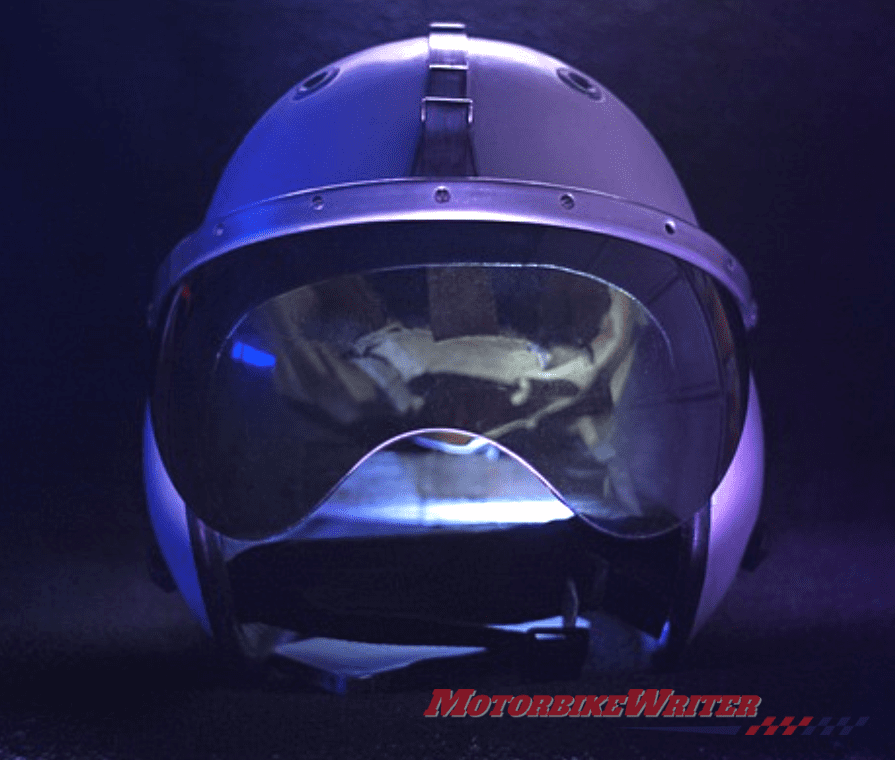(CONTRIBUTED POST FOR NORTH AMERICAN READERS)
Riding a motorcycle is one of the most exciting things you can do in your life. Nothing can compare with the feeling of the road under your wheels and the wind gliding around your body. When you think about the acronym ATGATT, which stands for All The Gear All The Time, the first thing that you would think about is the helmet as your most important piece of motorcycle safety gear. According to statistics from 2015, 740 people would still be alive today if they were wearing a helmet. The good news is that as many as 1,772 people are still alive today because they practiced safe riding habits and wore their helmet. So, the importance of wearing a helmet should not be understated. Are all helmets safe? When buying the safest helmet, keep these things in mind.
Different Styles of Helmets
There are three main designs of helmets. The full face, ¾ face, and the ½ face helmets. The full-face design helmet is, without a doubt, the safest choice.
Although the full face helmet seems bulky and heavy, it gives you complete protection from debris, bugs, and inclement weather. This type of helmet is also proven to absorb 50% of severe impacts in case of an accident. The chin bar will also protect your jaw from an unfortunate accident.
Always go for a shell-built design when you are out to buy a new helmet. It protects your head and avoids direct contact with the road as its first line of defense. The next feature to consider is the impact-absorbing liner. The inner lining of the helmet provides comfort for the head and also cushions against impact in crashes. The last feature is the helmet’s chin strap. Helmets should be firmly strapped on so they can serve their purpose.
Manufacturers follow specific standards to ensure that they only produce top quality products.
Motorcycle Helmet Safety Standards
One of the frequently used helmet standards in the US is the Snell Foundation certification, as they do a thorough test for helmets in all sports, most notably in professional motorsports. Here are some of the criteria they follow:
- Impact Testing – This calculates the gravitational force or acceleration. The helmet is unacceptable if the maximum acceleration is more than the allowed value.
- Chin Bar Test – With the chin bar facing upward, the test helmet is attached to a base. A maximum downward deflection of the chin bar must not go over the required distance.
- Shell Penetration Test – This test allows a striker to hit the helmet, but the helmet should withstand the impact of a sharp-pointed 3-kg object. No penetration or momentary contact should occur inside the helmet.
- Positional Stability (Roll-Off) Test – This test requires a head form, mounted with straps and buckles, to obtain the best possible fit for the wearer. During the trial, slight movements of the helmet is acceptable. It, however, must not roll off the head form.
- Dynamic Retention Test – Again, with a head form and with the chin strap securely placed under a device as a jaw. The ability to retain is measured by concurrently eliminating the 23 kg weight and replacing it with a 38 kg mass in a sudden fall. The test is considered failed if the helmet is not capable of holding up the applied mass.
- Face Shield Penetration Test – Also known as a visor, the face shield is placed on to a test helmet and is shot along the midline. The face shield must have sufficient durability that can withstand the pellets. If these pellets manage to pass through the face shield, then it is not acceptable.
Time to Replace Your Motorcycle Helmet
Presuming you have not replaced your helmet for five years and have not had any direct impacts that would affect the integrity of the helmet, it still might be time to shop for a new one. If an unfortunate accident happens and the helmet fails, you will likely need the services of a motorcycle accident lawyer. Manufacturers who fail to produce high-quality helmets that meet standards can be liable for accidents.
When you’re out riding your motorcycle, always keep the acronym ATGATT in mind. Make sure that all your senses are heightened, and above all, wear a trustworthy helmet.


